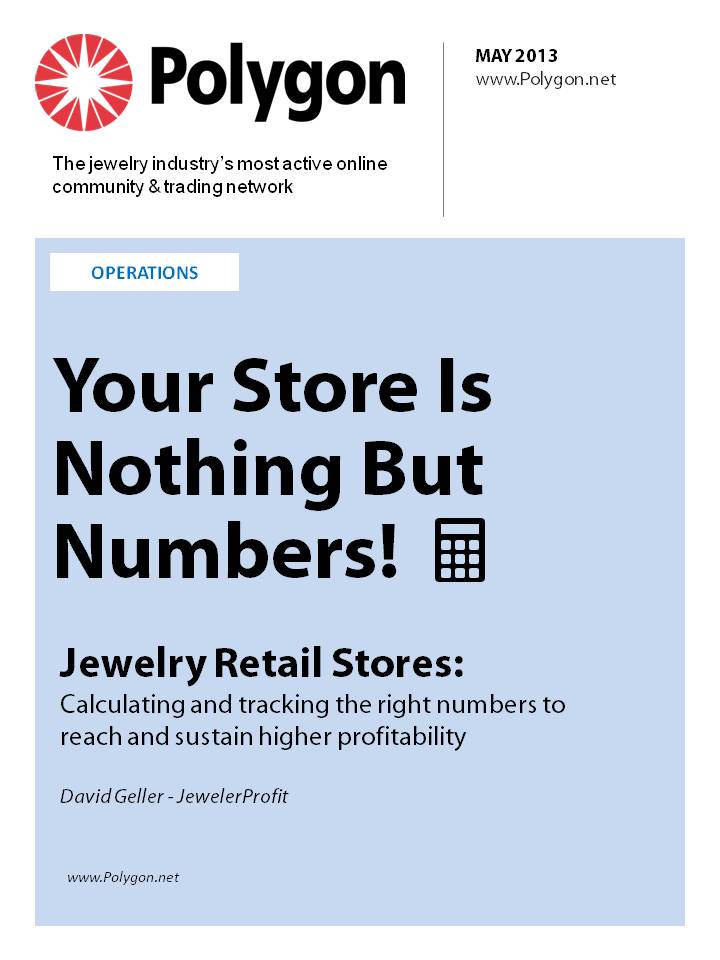Diffraction Grating Debate: Cutting vs. Treatment
Diffraction grating is a new, proprietary and patented nanotechnology cutting technique that was developed at Cal Tech University. While maintaining the integrity of the diamond, with regard to the 4 C’s, it breaks the white light into its spectral colors, thus adding fire and dispersion to any round diamond. There is no change in color, no change in brilliance, no change in clarity, and no measurable weight loss. The additional faceting does not change any of the pre-existing angles of the diamond. This is not a coating or a treatment; it is adding permanent diffraction gratings on the pavilion of diamond which enables the fire in the stone to be released.
Poly Member 13277
In my mind, and in the mind of the average RETAIL CUSTOMER, anything done that alters the properties of a stone after it has left the cutter's hands is a treatment, whether cosmetic or not. I don't view that as a negative; just what I think should be disclosed. If an end customer buys something thinking it hasn't been altered from the natural state, beyond the obvious cutting and polishing, then discovers something clever has also been done, well, it's treated.
Poly Member 1348
This isn't a treatment anymore than would be taking a native cut amethyst and adding a Richard Homer-esque concave to it to blast it out the topside.
Poly Member 03985
What of old European cuts that have been recut to modern ideal proportions, or about shallow or deeply cut stones that are recut to make them more appealing?
Poly Member 13277
Comparing cutting a diamond to any of the post-cutting treatments is not accurate in my opinion. Cutting a diamond is necessary; it is what creates a product. It is the MANUFACTURING process. Anything done afterwards seeks to enhance the stone by altering what was done in the cutting process. Re-cutting falls under the manufacturing category because you end up with a different stone in that it is smaller. Enhancements don't carry this consequence.
Poly Member 3748
Etching a microscopic diffraction grating on the junction of adjoining lower girdle facets AFTER cutting should be considered a "treatment". It is an "after-process" that significantly alters the appearance of the diamond, accomplished by essentially altering the polish on 16 facets in favor of microscopic diffraction gratings. It is certainly an effective way to accentuate dispersion. But it is just as much a "treatment" as laser-drilling, irradiation or HPHT!
Poly Member 36526
There has been no "internal change" (i.e. laser drilling), no surface coating of the diamond in any way. The diamond is still 100% being "cut" with maybe a new "technology". In my opinion as a layperson jeweler, I do not believe this should be classified as a treatment and in fact consider it a lovely option to diamonds that maybe could use some "makeup".
Poly Member 88482
Diffraction gratings is fully reversible, it is removed with the lightest touch of the polisher’s hand, again with no weight loss. Can a laser drill hole be removed? As for the manufacturing process WHO is the authority on when it stops, or begins for that matter. We as an industry have made considerable leaps in technology when it comes to diamond cutting; isn’t this just part of the continuing evolution?
Poly Member 13277






